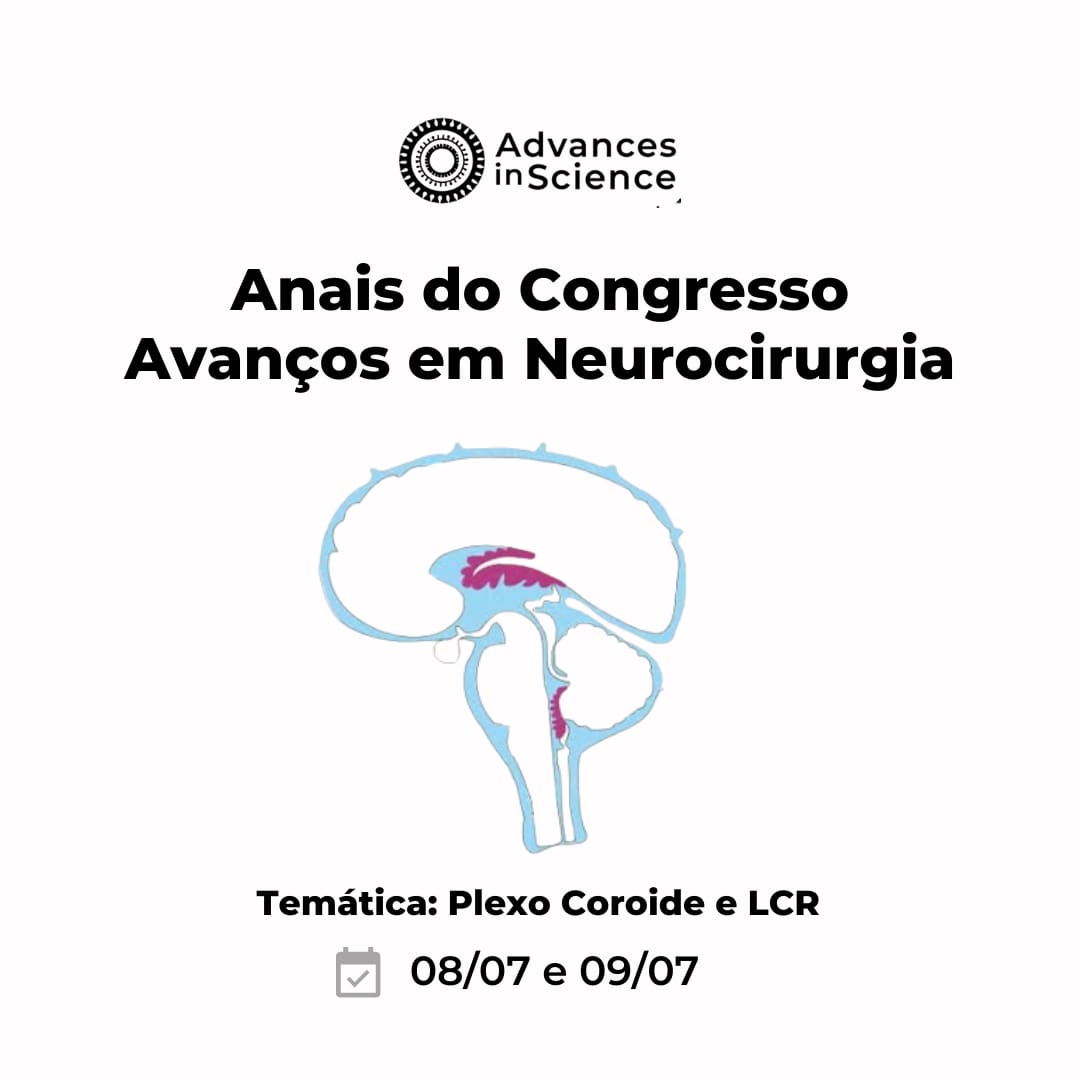Diffusion of technology in the teaching of neuroanatomy in times of pandemic
Visualizações: 361DOI:
https://doi.org/10.37085/jmm.2022.ac.an18Palavras-chave:
COVID-19, Teaching-learning, Neuroanatomy, Technology, Virtual realityResumo
Introduction
The millenary pragmatism of using corpses in the teaching of human anatomy has slowly been weakened. The study of anatomy has been enhanced, specially during the current pandemic, with virtual reality to supplement medical education, which was previously limited to cadavers.
Objective
To explore the literature on Medicine and Teaching in articles found in databases about the diffusion of technology in the teaching of neuroanatomy during the pandemic.
Methods
Databases used were PubMed, Virtual Health Library, and Google Scholar. The search for articles obeyed the following keywords: Covid-19, 2019-nCOV, SARS-CoV-2, Medical Students, Neuroanatomy, Anatomy, Virtual Reality, Technology. Boolean operators “OR” and “AND” were accurately applied to optimize the search.
Results
Students are limited to studying cadavers in class, which limits their resources when it comes to learning. However, the pandemic,was responsible for an abysmal change in the anatomy teaching. To compensate for the reduction of student contact with anatomical parts in laboratories, medical universities have adopted several technological mechanisms. Although cadavers are necessary for the study of anatomy, particularly the nervous system, new teaching techniques are essential for a holistic and comprehensive understanding of organs and systems. Besides the difficulties of handling cadavers and human organs in the teaching of so-called modern neuroanatomy, the technological environment in the field of teaching makes teaching easier.
One of the technologies in consolidation in the era of computerization of medical education is the use of printers in 3 dimensions since it produces low-cost pieces but with high reproducibility of the anatomical characteristics of real cadaveric parts. Anatomage Table is a fully segmented 3d human anatomy application. The Anatomage Table is a system that promotes a deeper study of anatomy and is therefore being adopted by many medical schools worldwide. Its technology is advanced and combines several other – X-ray, ultrasound, CT scan, magnetic resonance – to build images.
Conclusion
The use of 3D images, anatomage and virtual reality emerges as an alternative and tool to add to the learning of neuroanatomy, as it is believed, as published studies point out, that their use is an effective option for the consolidation of learning in neuroanatomy.
Keywords: Covid-19, Teaching-learning, Neuroanatomy, Technology, Virtual reality.
Downloads
Downloads
Publicado
Como Citar
Edição
Seção
Licença
Os direitos autorais para artigos publicados no Jornal Memorial da Medicina são do autor, com direitos de primeira publicação para a revista. Em virtude de aparecerem nesta revista de acesso público, os artigos são de uso gratuito, com atribuições próprias, em aplicações educacionais e não comerciais. O Jornal Memorial da Medcina permitirá o uso dos trabalhos publicados para fins não comerciais, incluindo direito de enviar o trabalho para bases de dados de acesso público. Os artigos publicados são de total e exclusiva responsabilidade dos autores. Há encargos para submissão no processamento de artigos (Articles Processing Charge - APC).







